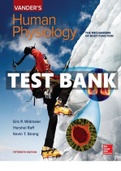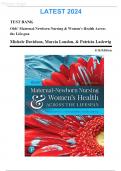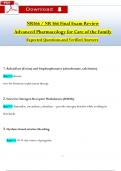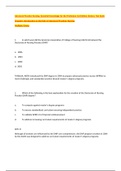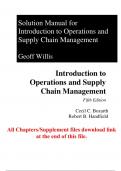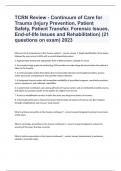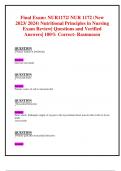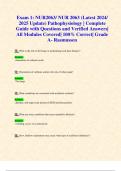Exam (elaborations)
Vander's Human Physiology 15th Edition by Eric Widmaier, Hershel Raff and Kevin Strang - All Chapters 1-19 | TEST BANK.
Vander's Human Physiology 15th Edition by Eric Widmaier, Hershel Raff and Kevin Strang. ISBN-13 978-5. All Chapters 1-19. (Complete Download). 1124 Pages. TEST BANK. TABLE OF CONTENTS Cha pter 1 Homeostasis: A Framework for Human Physiology Chapter 2 Chemical Composition of the Body and Its Relatio...
[Show more]
